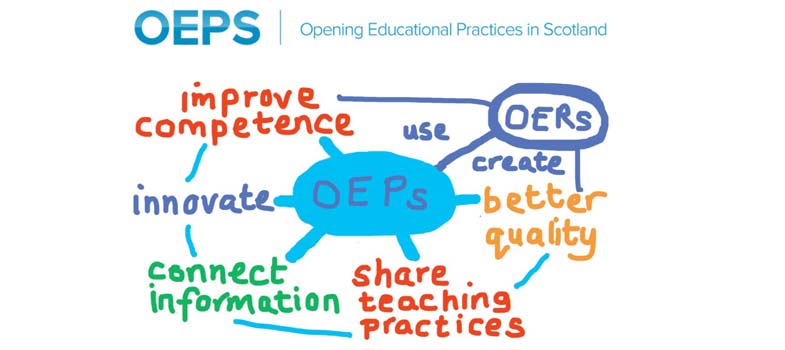2.2.1 Food web dynamics: the example of Chytrids
A concrete illustration of the role of parasites in shaping food web dynamics is the Chytrid ‘Mycoloop’ pathway developed by Kagami et al in 2007 and 2014 and is shown in Figure 7.

Parasitic chytrids are major pathogens of phytoplankton in aquatic ecosystems, and include a free-swimming zoosporic – the life-stage during which they actively search for new hosts. Chytrid zoospores are also subject to predation by grazing zooplankton because of their size, shape and nutritional quality. While large phytoplankton species such as Asterionella spp. are quite resistant to grazing, zooplankton can still eat Asterionella spp. chytrid parasite. The latter is therefore responsible for creating a food web link between zooplankton and phytoplankton. Additionally, as large phytoplankton colonies may also be fragmented as a result of chytrid infection, they become edible to zooplankton.
This mycoloop pathway may be particularly important to zooplankton when Asterionella spp. dominate the phytoplankton community.
A quantitative assessment of this food transfer was conducted by Rasconi et al., 2014 [Tip: hold Ctrl and click a link to open it in a new tab. (Hide tip)] in two freshwater lakes. During blooms of ‘inedible’ algae (such as Asterionella spp.), 20 per cent of the energy created by primary producers was transferred to zooplankton through edible chytrid zoospores, with the zoospores representing roughly 60 per cent of the phytoplankton diet.
2.2 Parasite, food webs and energy flows in aquatic ecosystems
